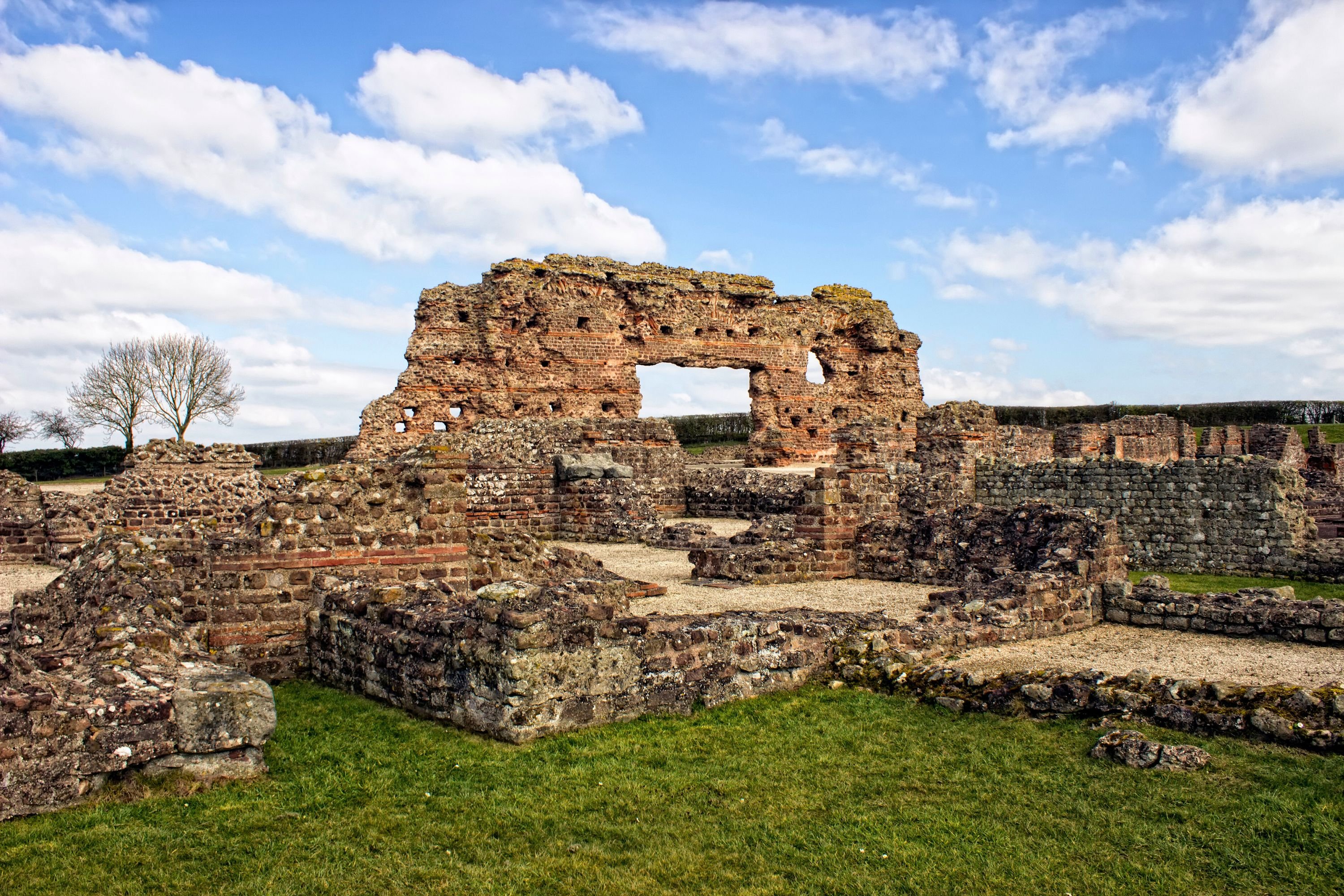While On The Hunt For An Ancient Temple In England, Archaeologists Discovered An Impressive Mosaic Depicting Dolphins And Fish That Dates Back To The Second Century C.E.

Archaeologists were in the middle of searching for an ancient temple in northwestern England when they dug up something else instead. It was an impressive mosaic made from blue, red, yellow, and white tiles and depicted dolphins and fish.
The colorful artwork was unearthed at Viroconium Cornoviorum, a Roman city located in what is now the village of Wroxeter. Experts believe it dates back to the second century C.E.
At first, Viroconium Cornoviorum was a Roman fortress, but it turned into a city toward the end of the first century C.E. The city consisted of almost 200 acres and had a population size of about 15,000. It became the fourth-largest city of Roman Britain.
The recent excavation was conducted by English Heritage, the University of Birmingham, Albion Archaeology and Vianova Archaeology and Heritage Services.
After several days of digging, a small section of the mosaic was uncovered. Even after spending centuries underground, the bright colors were still clearly visible.
“We never suspected we would find a beautiful and intact mosaic, which had lain hidden for thousands of years,” Win Scutt, the senior properties curator at English Heritage, said.
“This discovery, alongside a large number of small finds such as coins, will go a long way in helping us to date the various phases of the city and indicate the kinds of activities that were taking place.”
The archaeologists spent the next couple of days exposing the entire mosaic and cleaning it up. It was found in the room of a large townhouse that most likely belonged to a family of high status. The room was probably used as a space of entertainment for guests.
The mosaic included pieces that were imported from outside of the region, which is a testament to the family’s wealth. It is the first mosaic to be found in Wroxeter in over 150 years.
sigitas1975 – stock.adobe.com – illustrative purposes only
Sign up for Chip Chick’s newsletter and get stories like this delivered to your inbox.
The artwork’s excellent preservation can be credited to a remodeling project that occurred in the third or fourth century C.E., which caused the mosaic room to be filled with debris to raise the floor level.
The archaeologists never ended up finding a temple, but they did uncover a small structure shaped like a square.
It likely served as a shrine or a mausoleum honoring an elite individual, such as a founder of the city or a military leader.
The team also stumbled upon a large public building that once sat across from a marketplace and city hall, as well as a collection of coins and pottery fragments.
Wroxeter is an area rich with archaeological treasures. Previously, researchers have unveiled ancient city walls, municipal baths, and more. Much of the site is still unexplored.
According to English Heritage, the excavation area has been reburied in order to safeguard it against the elements.
Welcome to Billionaire Club Co LLC, your gateway to a brand-new social media experience! Sign up today and dive into over 10,000 fresh daily articles and videos curated just for your enjoyment. Enjoy the ad free experience, unlimited content interactions, and get that coveted blue check verification—all for just $1 a month!
Account Frozen
Your account is frozen. You can still view content but cannot interact with it.
Please go to your settings to update your account status.
Open Profile Settings